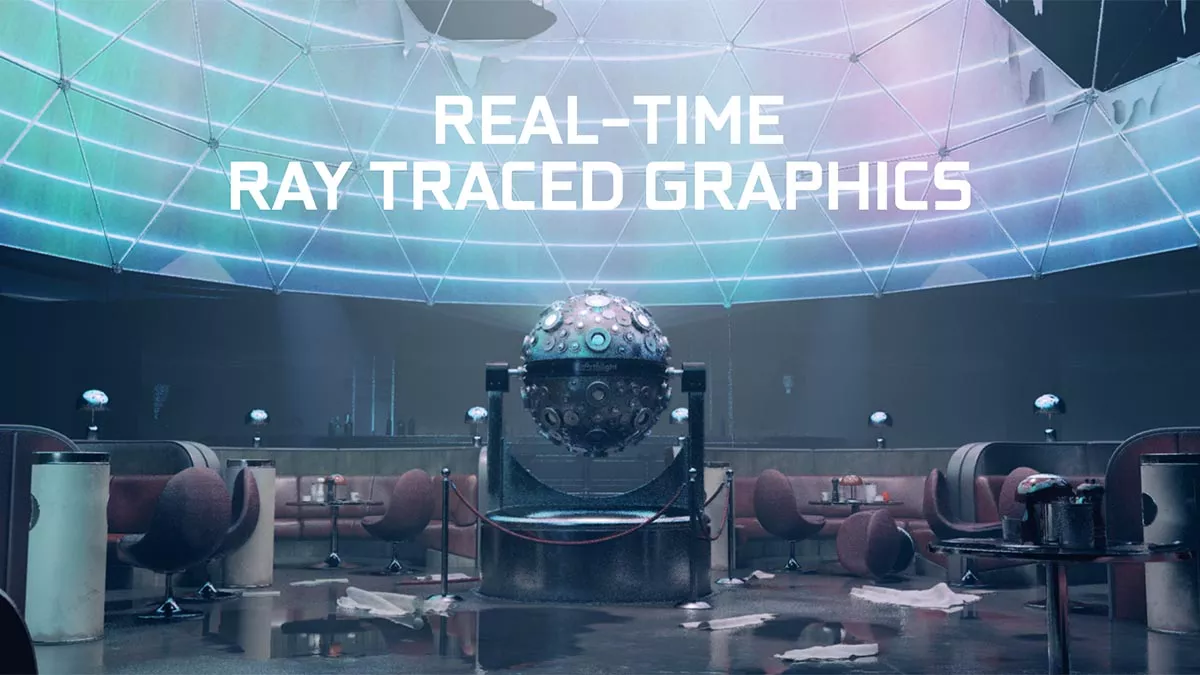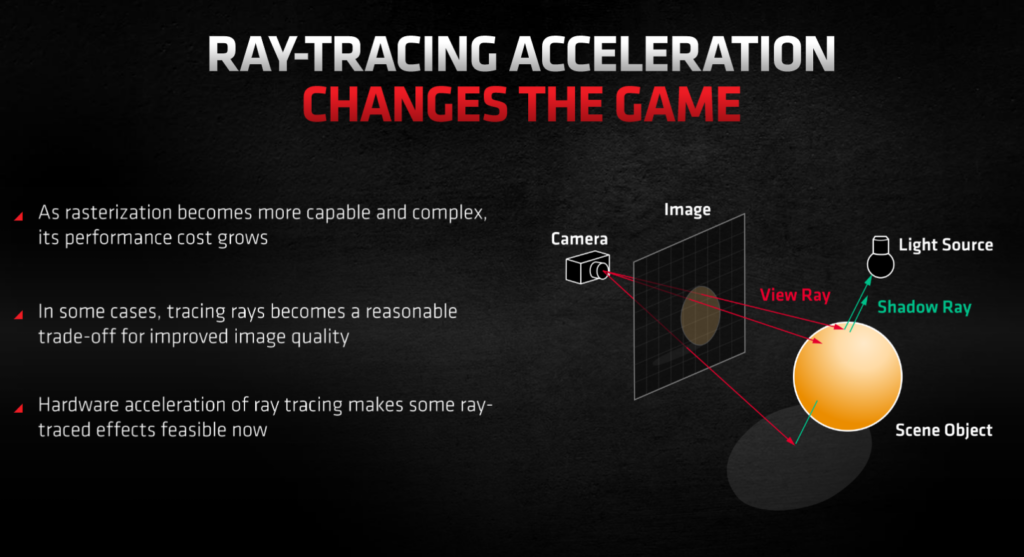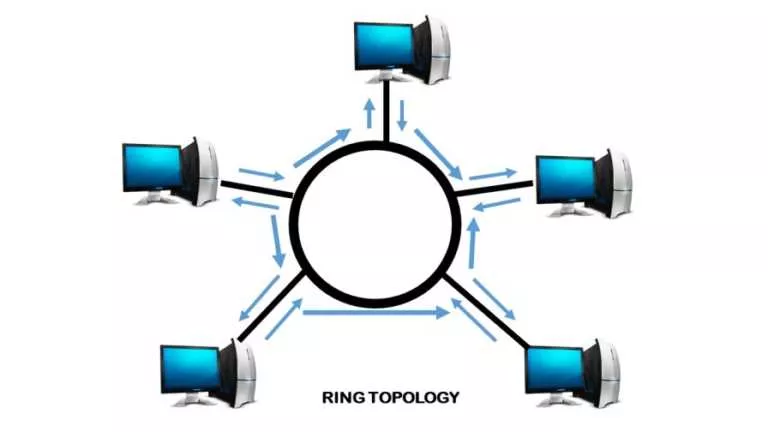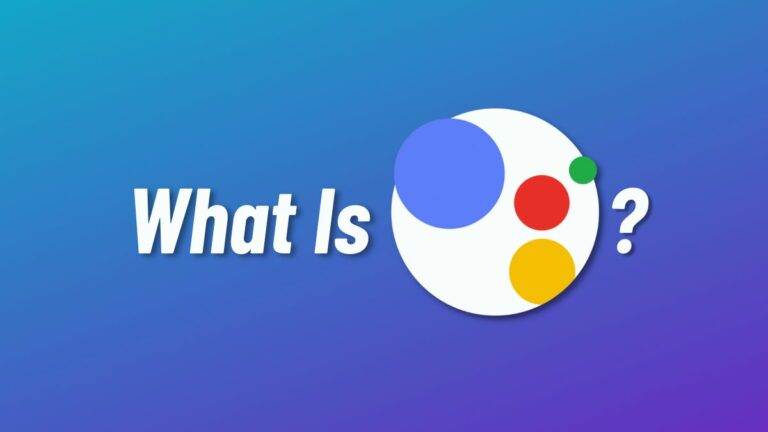What Is Ray Tracing?

Ray tracing is a technique that emulates how light reflects and refracts in the real world in games. Consequently, it brings more realism to games and provides a more believable environment than traditional static lighting. In simpler terms, it’s a technique that makes light in games behave as it does in the real world.
Ray tracing is not a new technique; the film industry has been using it since 1969 to simulate lighting and shadows. However, what’s new is the hardware in new GPUs to pull it off in games much more efficiently. The technology makes more recent games look much better and more realistic when compared to real life.
How does Ray Tracing work?

An algorithm is responsible for how ray tracing works. Essentially, it can trace the light’s path and simulate how light interacts with anything in the virtual world. Technology is more about how light interacts with objects than the light itself.
For instance, we’ve seen lighting effects in games improve over the years, but you can see the actual work elsewhere. Ray tracing significantly improves shadows and reflections and how light scatters inside games. Hence, light reflects, refracts, and scatters what makes the technology special.
Why you should care
Traditional games have been using the rasterization method for a while now. It’s a technique that quickly renders graphics by converting 3D graphics into 2D pixels. However, the rasterization method requires shaders to depict realistic lighting.
Interestingly, Nvidia and AMD developed specialized hardware to pull off ray tracing in real-time. Although, this doesn’t mean that games will let go of rasterization. There’s still time until it’s feasible to completely trace games in real-time.
Hence, think of the current generation of ray tracing as a foundation for the future. What technology does right now already make a significant difference? Think of all the things it could offer, paired with other technologies like Nvidia DLSS, once AAA titles rely on complete ray tracing. This is why you should care unless you don’t care about games.
If you like this simple explainer, check out our Short Bytes section. We take complex tech topics and break them into short, easy-to-understand articles.






